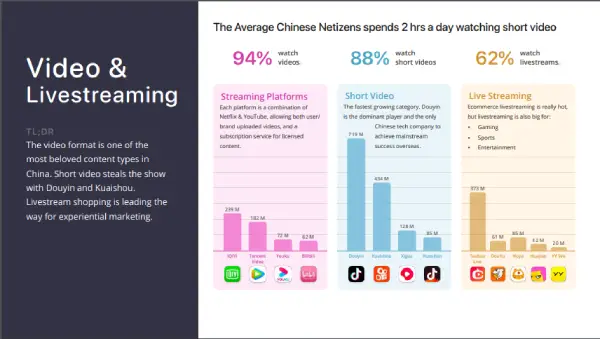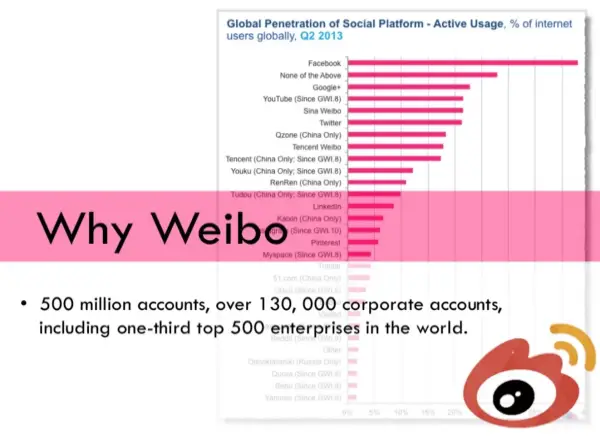The cross-border e-commerce market in China has grown significantly in recent years, providing new opportunities for overseas brands to reach Chinese consumers. However, selling products to China can be complex, with regulatory requirements, cultural differences, and logistics challenges to navigate. In this article, we’ll explore the key considerations for overseas brands looking to enter the cross-border e-commerce market in China.

Navigating the Cross-border E-commerce Landscape for Overseas Brands
Introduction to Cross-border E-commerce in China
The cross-border e-commerce market in China is expected to continue its rapid growth in the coming years, driven by increasing demand from Chinese consumers for high-quality, authentic products from overseas. According to a report by eMarketer, the cross-border e-commerce market in China is expected to reach $206 billion by 2021.
One of the key advantages of cross-border e-commerce in China is that it allows overseas brands to reach Chinese consumers without having to establish a physical presence in the country. However, there are several regulatory requirements that overseas brands must meet in order to sell products to Chinese consumers, including obtaining the necessary licenses and registrations.
Understanding Chinese Consumers
Understanding Chinese consumers is key to success in the cross-border e-commerce market in China. Chinese consumers are known for their focus on product quality and their tendency to research products extensively before making a purchase. They also place a high value on authenticity and are willing to pay a premium for products that are seen as genuine and high-quality.
In addition, Chinese consumers are very active on social media and are heavily influenced by the opinions of key opinion leaders (KOLs) and influencers. Brands looking to sell products to China should therefore consider working with KOLs or influencers as part of their marketing strategy.
Choosing the Right E-commerce Platform
There are several cross-border e-commerce platforms available in China, each with its own strengths and weaknesses. The most popular platforms include Tmall Global, JD Worldwide, and Kaola.
Tmall Global is the largest cross-border e-commerce platform in China and is known for its high-end and luxury products. JD Worldwide is known for its wide range of products and its focus on customer service. Kaola is a popular platform for selling imported products in categories such as beauty and baby products.
When choosing a platform, overseas brands should consider factors such as the types of products that perform well on the platform, the platform’s fees and commissions, and the level of support provided by the platform.
Logistics and Supply Chain
Managing logistics and supply chain is crucial for successful cross-border e-commerce in China. Brands must ensure that their products comply with Chinese regulations and that they are properly labeled and packaged for shipping. They must also manage customs clearance, storage, and delivery.
One option for managing logistics is to work with a third-party logistics provider (3PL) that specializes in cross-border e-commerce in China. A 3PL can help manage the logistics process, including customs clearance, storage, and delivery, and ensure that products are delivered to customers in a timely and efficient manner.
Overcoming Barriers:
Selling to Chinese consumers presents significant opportunities for overseas brands, but there are several barriers that must be overcome. The language barrier, cultural differences, and regulatory challenges can be particularly daunting. To overcome these barriers, brands should partner with local experts who understand the market and can provide guidance on regulatory compliance. Investing in language and cultural training for staff can also help tailor products and marketing strategies to meet Chinese consumers’ expectations. Conducting thorough research to understand the market and consumer preferences is key to successfully navigating the cross-border e-commerce landscape in China.
In conclusion, for overseas brands looking to enter the Chinese market, the cross-border e-commerce landscape presents a significant opportunity. By leveraging the growing demand for foreign products and the increasing popularity of online shopping in China, overseas brands can tap into a large and growing consumer base. However, to succeed in this market, brands must overcome a range of challenges, including language barriers, cultural differences, and regulatory challenges. By partnering with local experts, investing in language and cultural training, and conducting thorough research to understand the market and consumer preferences, overseas brands can overcome these barriers and successfully navigate the cross-border e-commerce landscape in China. With the right approach and the right strategies, overseas brands can achieve long-term success in the Chinese market.
If you’re looking to do business in China, it’s important to understand the major ecommerce platforms in the country. These include Taobao, Tmall and JD, which are the main B2C platforms used by Chinese people for online purchases. In recent years, popular new channels have emerged with 5G development, such as TikTok, Redbook and live streaming. Additionally, KOLs (online influencers) have been playing an increasingly important role in informing Chinese consumers’ online shopping habits. Domatters provides up-to-date information on China’s ecommerce trends and marketing strategies to help foreign businesses navigate the landscape successfully.
If you are looking to break into the Chinese market, Domatters can be your agency. They have thoroughly researched the Chinese e-commerce sphere and have plenty of information on their blog about China’s e-commerce trends and marketing strategies. In China, online shopping is focused around B2C sites such as Taobao, Tmall, and JD. It is also becoming more common in China for people to shop via 5G platforms including TikTok, Redbook, and live streaming. Moreover, KOLs (online influencers) are increasing in influence which affects the way buying decisions are made by consumers in China.
For those looking to establish their business presence in China, it is important to understand the country’s ecommerce landscape. Instead of Amazon, eBay, and Lazada, Chinese consumers typically purchase through Taobao, Tmall, and JD. The recent development of 5G has provided more options such as TikTok and Red Book, while online KOLs have affected Chinese people’s online shopping habits. To stay up to date on trends and marketing strategies for success on the unique Chinese ecommerce landscape, visit Domatters’ blog for all your ecommerce needs in China.
In China, people do not purchase on amazon, ebay, lazada, etc. Taobao, Tmall, JD are main B2C platform that Chinese people usually use to purchase online.
In recently years with 5G develop, people have more options, e.g. TikTok, Red book, live streaming. Online KOL also influence Chinese people’s online purchase behavior.
In domatters’s blog, you will see more info about China E-commerce tendency and marketing strategy to help you do business in China.
Chinese E-commerce requirements for Foreign Enterprises
Since 2022, the complexity, severity and uncertainty of China's development environment have increased, bringing certain ...
The Great Features of 6.18 of JD.com in 2022
6.18 of JD.com is coming. After the broken of COVID-19 in 2020, the global economy began to ...
5 Great Cooperation Modes with Key Opinion Leader
Key opinion leader(KOL) is a popular concept in Chinese business recently. Chinese Key opinion leaders are particularly ...
Best Social media Marketing Advice China 2022
Content 一、 The Situation of Video Industry in 2022 二、 The Change of Short ...
What is Weibo?
What is Weibo? The longest-running and most prosperous social media platform in China. An area ...
Douyin app:3 great knowledge you need to know
Douyin app is a short video social platform under Byte Dance, which is also known ...






